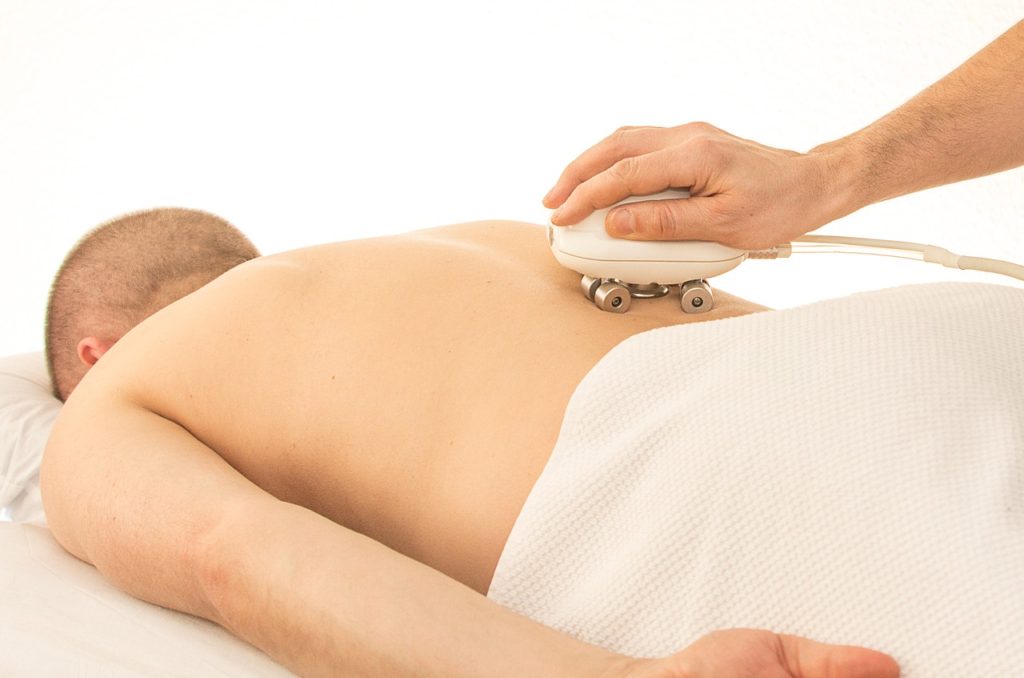What Does an Osteopath Do for Back and Joint Pain Relief?

Lower back pain osteopath or chiropractor, Osteopath exercises for lower back pain, Osteopath for back pain near me, Back pain worse after osteopath, Osteopath for upper back pain, Can an osteopath damage your back, Osteopath near me, Is osteopathy good for lower back pain.
Osteopathy is considered to be a holistic manipulation of musculoskeletal conditions toward enhancing mobility while diminishing pain through manual therapy. It is the best treatment for back pain as well as joint-related issues, hence raising a person from the ground without any surgical intervention or medication. The assessment of osteopaths for the structure and function of the body refers to balance and comfort. Finding Osteopath Ashford can lead you to highly experienced professionals who are dedicated to personalised care. Below, we discuss basic techniques and the benefits osteopaths offer to effectively deal with back and joint pain.
Detailed Assessment of Sources of Pain
A detailed consultation will first be taken to understand the cause of your pain. This would involve an analysis of your medical history, posture, and movement patterns. You may also be asked questions about your daily activities, your level of stress, and past injuries. In this way, the holistic approach makes sure that treatment is focused on your needs specifically and not just the symptoms, but rather the cause. In this manner, osteopaths prevent pain from recurring and help improve overall mobility.
Techniques of Manual Therapy
Osteopaths rely mainly on hands-on techniques, including soft tissue massage, joint mobilisation, and stretching, to relieve pain and restore function. The methods used increase blood flow, reduce muscle tension, and increase flexibility for joints. For back pain, they might work on releasing tight muscles and aligning the spine. For joint pain, targeted manipulations can improve mobility and reduce inflammation. These non-invasive techniques are ideal for people who want to find natural pain relief without medication or surgery.
Postural and Ergonomic Consultation
Great pain in the back and in the joints is significantly caused by postures. Good sitting at your desk or proper handling of heavy loads can be achieved with an expert opinion from an osteopath. An osteopath can also suggest changes to your workspace and sleeping arrangement so as to reduce strain on one’s body. Most of these physical tips reduce strain and prevent possible harm or injury, hence long-term musculoskeletal health.
The most in-demand freelance skills for students in 2025
Exercise and rehabilitation programs
Osteopaths provide specific exercise and rehabilitation programs to improve muscle strength, flexibility, and speed up recovery. Such exercises are specific to your condition and fitness level and, therefore effective and safe. Sticking to these plans regularly can significantly reduce pain and improve general physical function.
Stress and Lifestyle Management
Musculoskeletal pain worsens with the influence of stress since tension in muscles lowers the healing capability of the body. An osteopath may refer you to mindfulness or deep breathing exercises, but they would probably also consider talking about your diet, sleeping, and drinking, which is highly important in healing and general well-being. Thus, the inclusion of all these factors into your treatment program is what makes osteopaths work towards giving you a healthy and pain-free life.
Preventive Care for Long-Term Benefits
Osteopathy is not just the treatment of existing pain, but it offers a method of preventing future issues. An osteopath teaches you how to achieve musculoskeletal health through frequent check-ups, proper body mechanics and healthy lifestyles. You could be treated with periodic treatments correcting minor imbalances before they even become more substantial problems. As such, it means that you will remain healthy and pain-free, improving the quality of life over the long term.
Holistic Pain Management Approaches
Osteopaths may integrate holistic approaches to enhance the effectiveness of their treatments. For example, they may advise on mindfulness techniques, dietary changes, and hydration levels to optimise a body’s inherent healing processes. They can also prescribe treatments that include acupuncture or physiotherapy to relieve pain from different viewpoints. Considering the whole person physically, emotionally, and environmentally, osteopaths provide an integrated approach to dealing with back and joint pain, ensuring the sustainability of results and overall well-being.

Conclusion
Osteopathy is a holistic and natural method of treating back and joint pain, where immediate relief is provided for long-term prevention. The osteopaths shall determine the cause of the discomfort, and after a certain diagnosis, they could administer treatments specific to the patient’s needs. Such treatment will enhance mobility, reduce pain, and feel much better. If you have chronic pain or want preventive care, consulting an Osteopath can steer you back into recovery. Having the right training and commitment, one can lead an active life devoid of pain or any other debilitating health condition.

